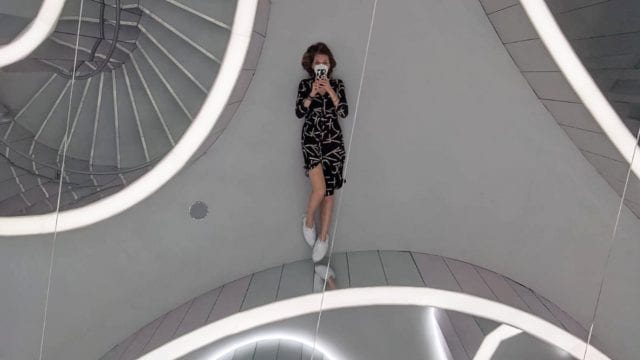Connecting with Christina Jansen: Women are Not a Minority
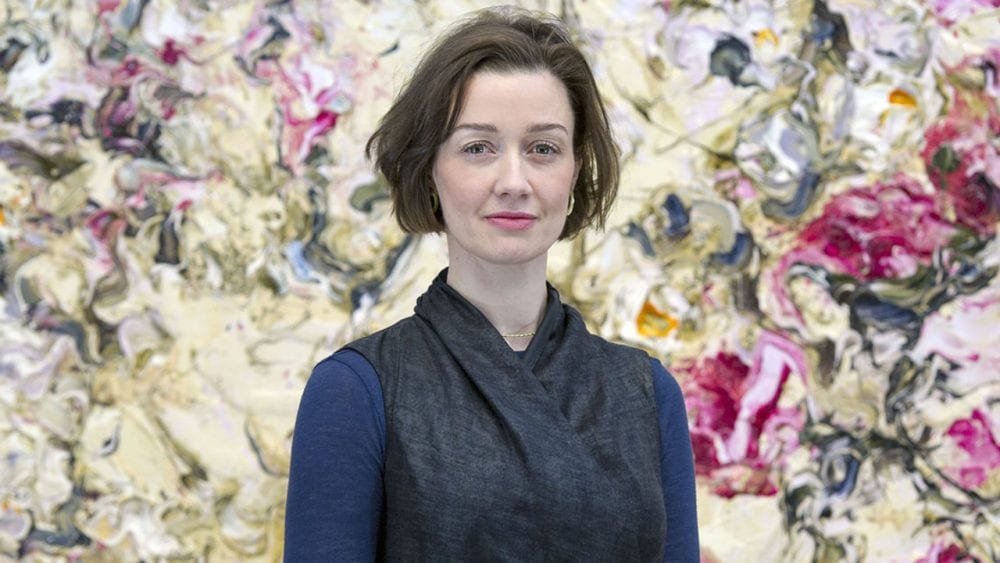
Christina Jansen is the managing director of The Scottish Gallery, established in 1842 in Edinburgh. Self-driven and passionate, Christina joined the historical and contemporary art gallery in 1997 and became its managing director in 2016. Located on Edinburgh’s Dundas Street, Scotland’s oldest commercial art gallery has been acquired by its own staff through an employee ownership trust in 2019.
What made you realise you wanted to work in the art world?
I had an interest in art from an early age. I had no idea what I wanted to do but had a pretty clear idea about what I didn’t want to do: something boring. I wasn’t particularly academic, so my route to the arts was a long journey. I have a degree in Industrial Design, which was an excellent grounding in problem-solving and invention. However, I didn’t want to work in the industry. After graduating, I took off to London to gain experience in the arts (Crafts Council, V&A, The Tate, Christie’s), before doing a post-grad studying the Decorative Arts at the University of Glasgow. By this time, I was a little bit more mature and very focused. I was recommended to The Scottish Gallery, and ever since it has been a constant source of inspiration and definitely never boring.
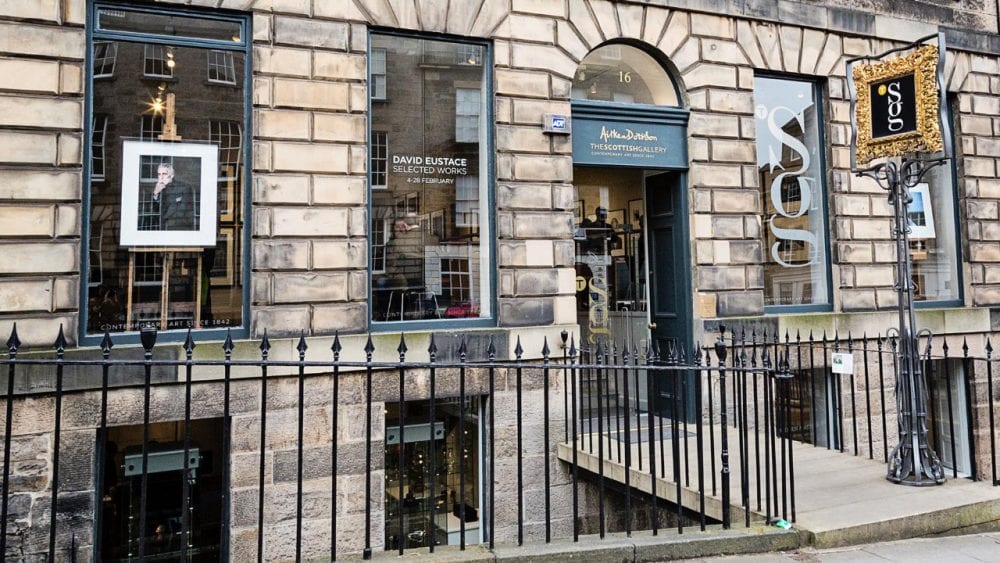
What is your most memorable experience or accomplishment?
I feel lucky to work in a creative industry. It’s rewarding, demanding and memorable – every day. I meet talented artists, interesting clients and a whole satellite of organisations and individuals who all benefit from or work with the arts. The gallery was transferred to employee-ownership in 2019, which also feels like a huge accomplishment.
What do you think is the best way to connect with experience art?
The best way to connect with and experience art is in person. We can turn somersaults online and apply new technologies to improve the remote viewing experience, but there is nothing like experiencing art in person. However you measure art, it’s an emotional and personal response. The UK has one of the finest public art collections in the world, available to everyone with new technologies, so there is almost no barrier to engaging with and appreciating art.
If you could own any artwork, what would it be?
I own artwork. I’d be a complete phoney otherwise! I have a wide, eclectic and ever-changing taste for art. Thank goodness! I love prints, paintings, pots and books. I don’t covet any major work of art. I like visiting art galleries instead. I like the atmosphere and that there’s always something new to discover and learn. I can’t wait until the galleries can reopen!
However you measure art, it’s an emotional and personal response.
Who are you three favourite female artists, and why?
I admire the work of the American visual artist, Alice Neel. I discovered her work by chance at the Talbot Rice Gallery one afternoon and was blown away. She had painted her entire life: the people, the poets, the poverty and, by accident, a near-century of social upheaval and insights. I was really touched by her work, and that she never gave up on art despite only gaining acknowledgement later in life.

Source Wikipedia / CC BY-SA 4.0
I also have a soft spot for Pat Douthwaite – a non-conformist and outsider artist with an uncompromising, outstanding imagination and vision. The only constant in life was her art.
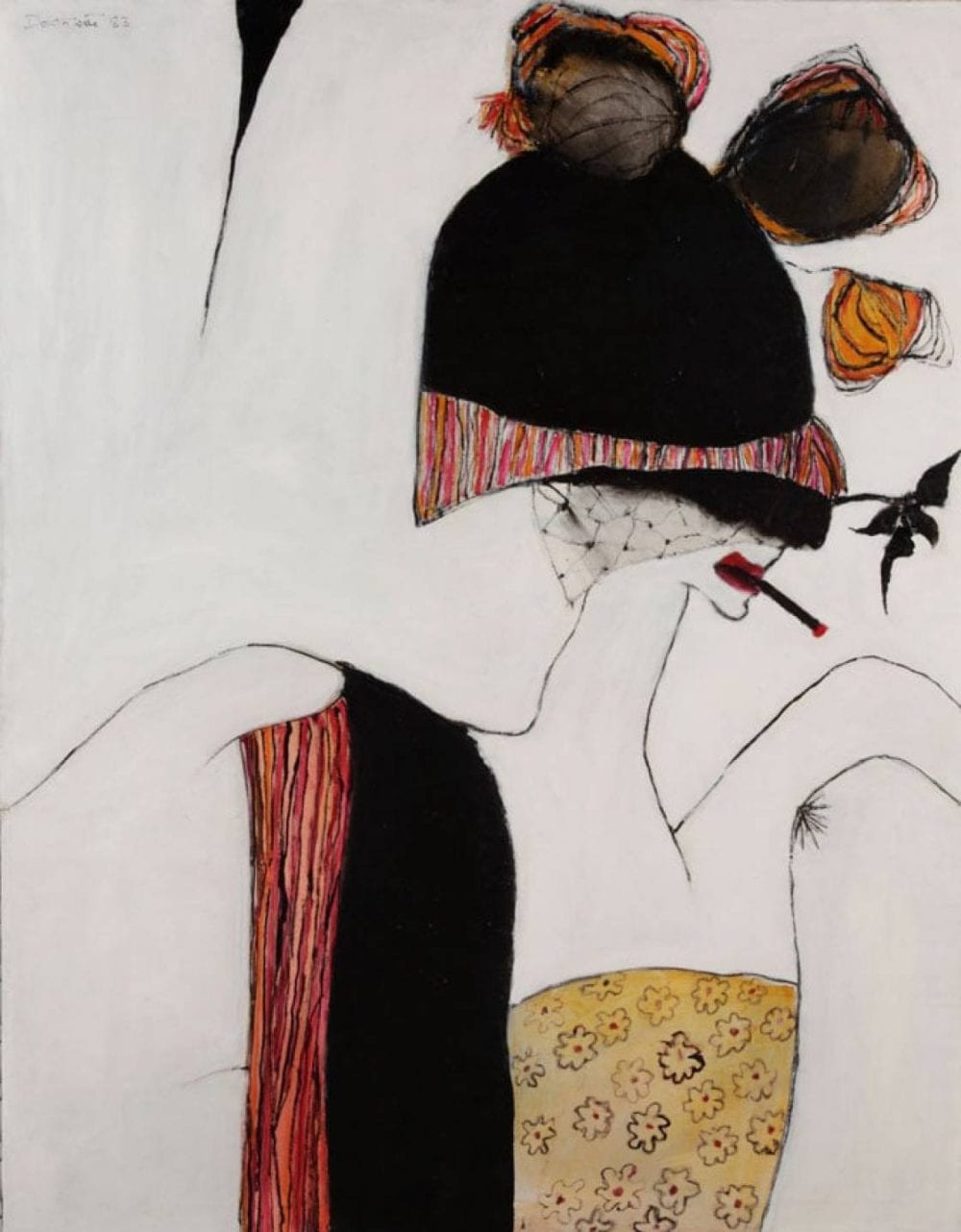
The Scottish Gallery represented Joan Eardley during her lifetime, and we are working on her Centenary this year. It is a privilege to engage with her work and an honour to continue to champion her enduring talent.

The Scottish Gallery recently had a show of Pat Douthwaite’s work, an artist who struggled with mental health throughout her life. Why do you feel this is a story that particularly needs to be told?
Like Van Gogh, mental health issues are part of her art. With Pat, it’s necessary to make the audience aware that she wasn’t an easy individual. She was uncompromising and did not subscribe to feminism or any other label.
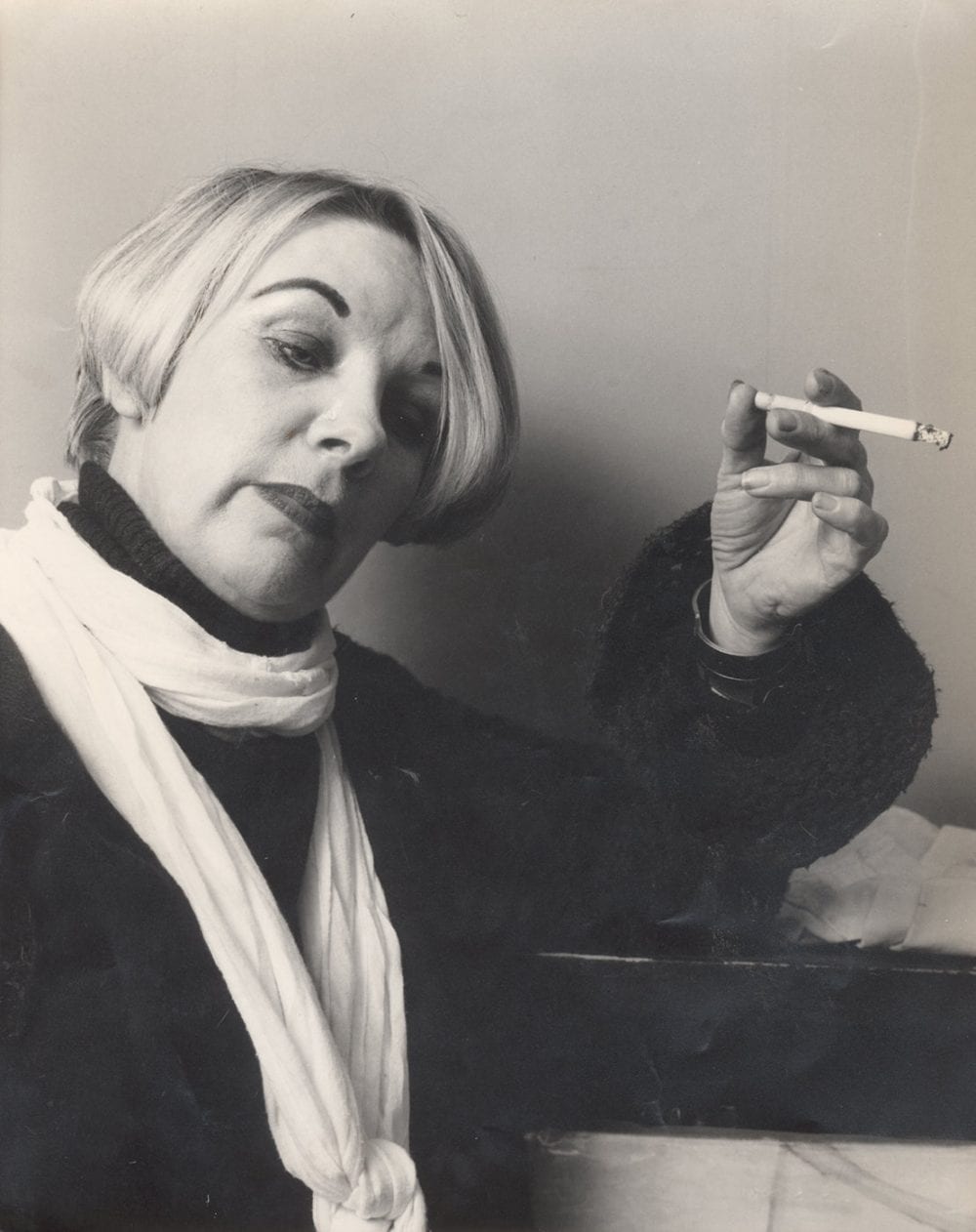
Pat Douthwaite was a trailblazer, at great personal cost. She led a dramatic, bohemian and often destructive lifestyle, but she was at her most happy when she was making art or with her animals. Pat was an incredibly complex artist, and her mental health issues are part of her expression and struggle.
All artists struggle: it’s a lifelong struggle to express through art.
As a society, we are only beginning to understand and acknowledge mental health issues. The Scottish Gallery is currently in the process of donating some of her correspondence to the National Gallery (Scotland) – so that future generations can study and understand this unusual artist.
Tell us about your experience as a female in the art world. While historically the gallery and auction sector has been male-dominated, do you feel this has changed or is changing?
The art world at the top level is still male dominated, with many talented women waiting in the wings in crucial support roles. I have been blessed with positive male and female role models and colleagues, and I am grateful for their encouragement.
The Scottish Gallery has always championed female artists, and your upcoming exhibition calendar features a female every month in at least one of the gallery spaces. Is this a conscious move?
It’s not conscious. Artists are offered exhibitions based on their work, irrespective of gender. I’m proud that The Scottish Gallery has given numerous Edinburgh Festival shows to artists who happened to be women. People notice what we do and who we represent, and we have had a very positive influence on the art market in that regard.
In an effort to encourage the success and promotion of female artists, the art world began referring to them as such. However, some people now feel using the terms ‘female artists’ or ‘women artists’ puts too much emphasis on the role of gender in their artistic identity. Do you feel this identifier is useful, or should we remove gender from our descriptors of artists?
The numbers speak for themselves. Public art collection holdings are currently around 10:1 male to female. Women are not a minority, and women have always made art, so this disparity is driving a lot of gender-specific exhibitions and art fairs. Most women don’t want to be part of women exhibitions, but until public collections are more gender-balanced, the issue will persist. Public art collections need to catch up with the elastic art market – where anything goes.
This year marks 50 years since Linda Nochlin’s seminal essay Why have there been no great women artists? Why were her findings largely ignored by the art world?


